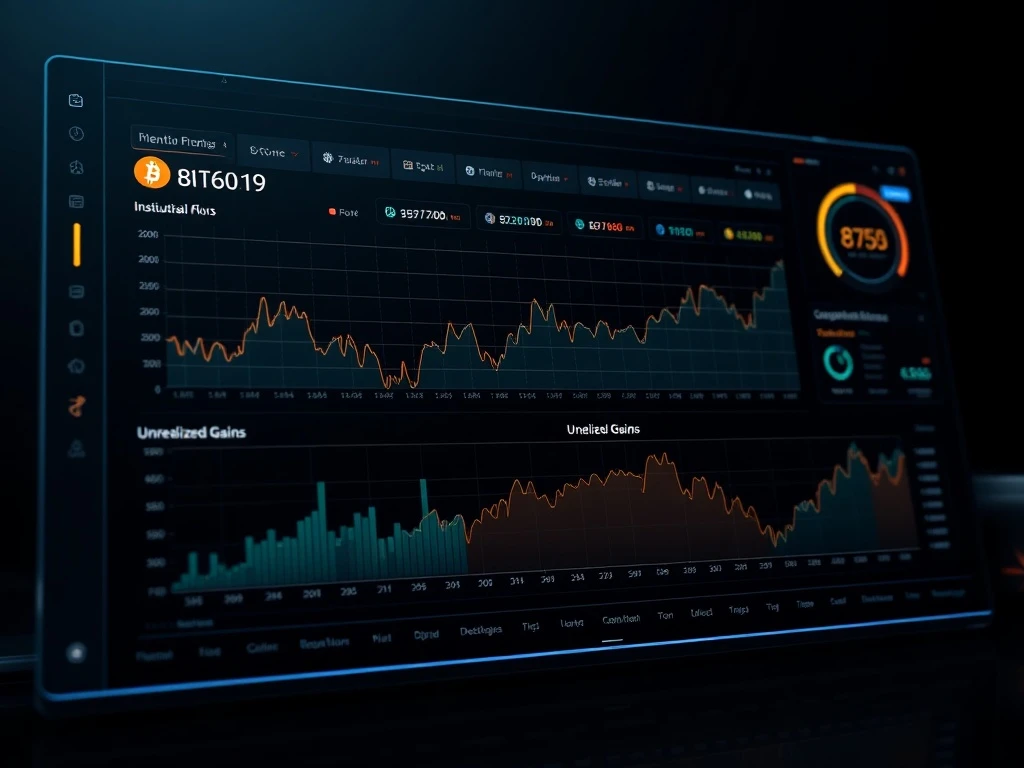Bitcoin Strategy Mastery: How a $73,277 Average Cost Generated $2.818B in Unrealized Gains During the 2025 Bull Run

In 2025, Bitcoin’s meteoric rise past $123,000 has left investors in awe. At the heart of this surge lies a powerful Bitcoin strategy—accumulating at an average cost of $73,277, now yielding $2.818 billion in unrealized gains. Is this the blueprint for crypto success? Let’s break it down.
Why the $73,277 Bitcoin Strategy Works
Strategy’s disciplined approach to Bitcoin accumulation has paid off massively. With 628,791 BTC acquired at $73,277 per coin, the current price of $94,261.55 translates to:
- 28.4% profit per BTC ($21.03 gain)
- $2.818 billion in total unrealized gains
- Proof that long-term holding beats short-term trading
Institutional Adoption Fueling the Bitcoin Bull Run
The success of this Bitcoin strategy mirrors broader market trends:
| Factor | Impact |
|---|---|
| U.S. Dollar Weakness | Increased Bitcoin demand as hedge |
| Regulatory Clarity | GENIUS Act boosted institutional confidence |
| ETP Inflows | $1B daily during Crypto Week |
Warning Signs in Bitcoin’s Unrealized Gains
While the $2.818 billion paper profit is impressive, risks loom:
- Futures basis down 16% month-over-month
- High perpetual futures borrowing rates
- Corporate leverage creating vulnerability
Actionable Insights for Crypto Investors
To navigate this Bitcoin strategy landscape:
- Diversify beyond just Bitcoin
- Monitor DXY and Fed policy closely
- Use on-chain metrics for timing
- Consider hedging strategies
FAQs About Bitcoin Strategy Profitability
Q: How was the $73,277 average cost calculated?
A: Through Strategy’s cumulative purchases using debt, equity, and preferred stock offerings.
Q: What happens if Bitcoin’s price drops below $73,277?
A: The strategy would show unrealized losses, potentially triggering margin calls for leveraged positions.
Q: How does this compare to dollar-cost averaging?
A: This is institutional-scale DCA with added leverage components.
Q: What’s the biggest risk to this Bitcoin strategy?
A: A prolonged bear market could force liquidations due to $350M+ annual debt obligations.









